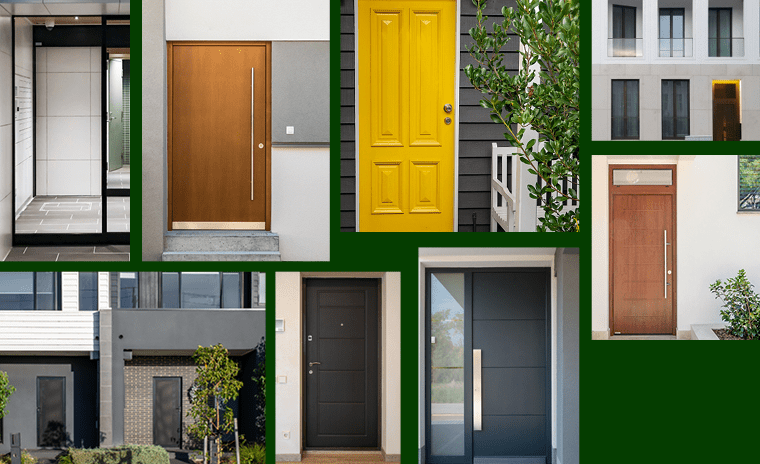We’re opening doors to more family homes with backyards
Not everyone wants to live in the middle of the city in an established suburb. Many Victorians share the great Australian dream of having a new home with a big backyard for the kids to play in.
‘Greenfield’ developments are how new suburbs and communities begin – and are often attractive for first home buyers, as they often offer a new home and space at an affordable price.
In recognition of this, we’ve committed to a target of 30% of new homes being built in greenfield areas.
In late 2024, we released the plan for 27 new greenfield areas across Melbourne’s outer south-east, north, and west to be released over the next 10 years.
Learn more about how we’re working with councils and industry to plan and deliver more homes at A 10-year plan for Melbourne’s greenfields(opens in a new window)
Planning for success
The 10-year greenfield plan provides more certainty for developers, builders and home buyers alike.
In metropolitan Melbourne's greenfield areas, there are around 375,000 lots remaining, equating to between 19 and 23 years of supply.
For the major regional cities, there are significant areas of greenfield residential land available in Geelong and Ballarat.
The 27 new greenfield areas will be developed over three ‘horizons’ (stages), and will include Precinct Structure Plans (PSPs)(opens in a new window) to make sure the number, types of homes, have the sufficient planned infrastructure (like transport, schools and community facilities) to support them.
See a map of the 10-year greenfield plan and 3 planned horizons at 10-year plan to deliver 27 growth plans(opens in a new window)
Supporting new greenfield developments with better infrastructure
Opening doors to homes in brand new suburbs also means making sure our newest communities have infrastructure like roads, footpaths, stormwater drains, public open spaces and schools they need to thrive.
Developers and government share responsibility for providing infrastructure in new and developing areas, including greenfield developments.
Infrastructure contributions system
Developers already contribute to the community through a system of contributions, paid to councils or the state. This could be by:
- payment of money
- providing land
- constructing infrastructure on behalf of public authorities (referred to as ‘works-in-kind’).
These are referred to as ‘infrastructure contributions’ and are delivered through a planning scheme amendment, a planning permit, or a building permit.
You can learn about the different types of infrastructure contributions, how they’re collected and how they’re supporting new and growing communities at Infrastructure contributions(opens in a new window)
Plan for Victoria: Streamlining community infrastructure developer contributions
Currently, 43 of 79 councils collect developer contributions in different ways, and there are 133 separate developer contributions in place across the state.
As part of Plan for Victoria, we’re investigating opportunities to create a fairer system for industry to contribute to funding for local infrastructure parks and services. As part of the review, we’ll implement a new pilot developer contributions system, so people can access facilities and services they need, faster.
To learn more, visit Plan for Victoria - Action 9: Streamline community infrastructure developer contributions(opens in a new window)
Growth Area Infrastructure Contributions (GAIC)
The Growth Area Infrastructure Contribution is a fee collected in Melbourne's growth areas to fund infrastructure development.
It is paid for by developers when a large piece of land is purchased or developed.
The fees are collected by the State Revenue Office (SRO) and distributed equally between:
- The growth areas public transport fund
- The building new communities fund.
Learn more about how the GAIC supports communities at: Growth areas infrastructure contributions(opens in a new window)
For more information about when the GAIC applies, and how it is calculated, visit State Revenue Office - Growth areas infrastructure contribution(opens in a new window)
Updated


